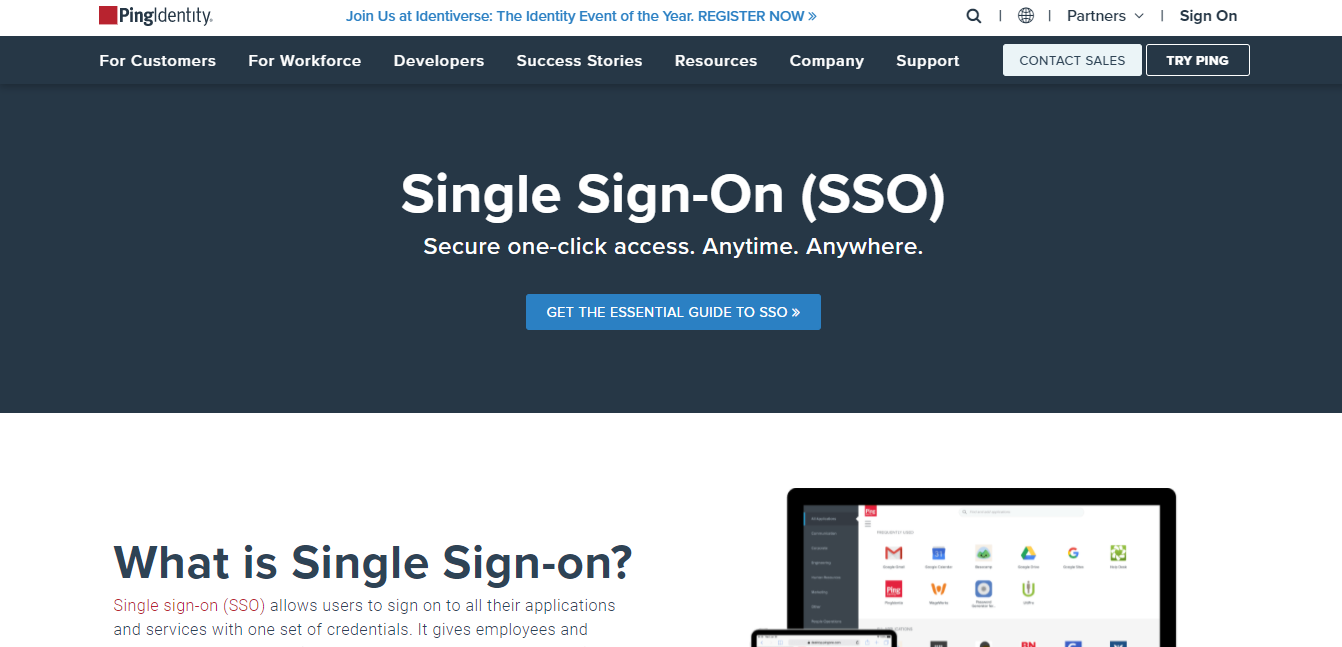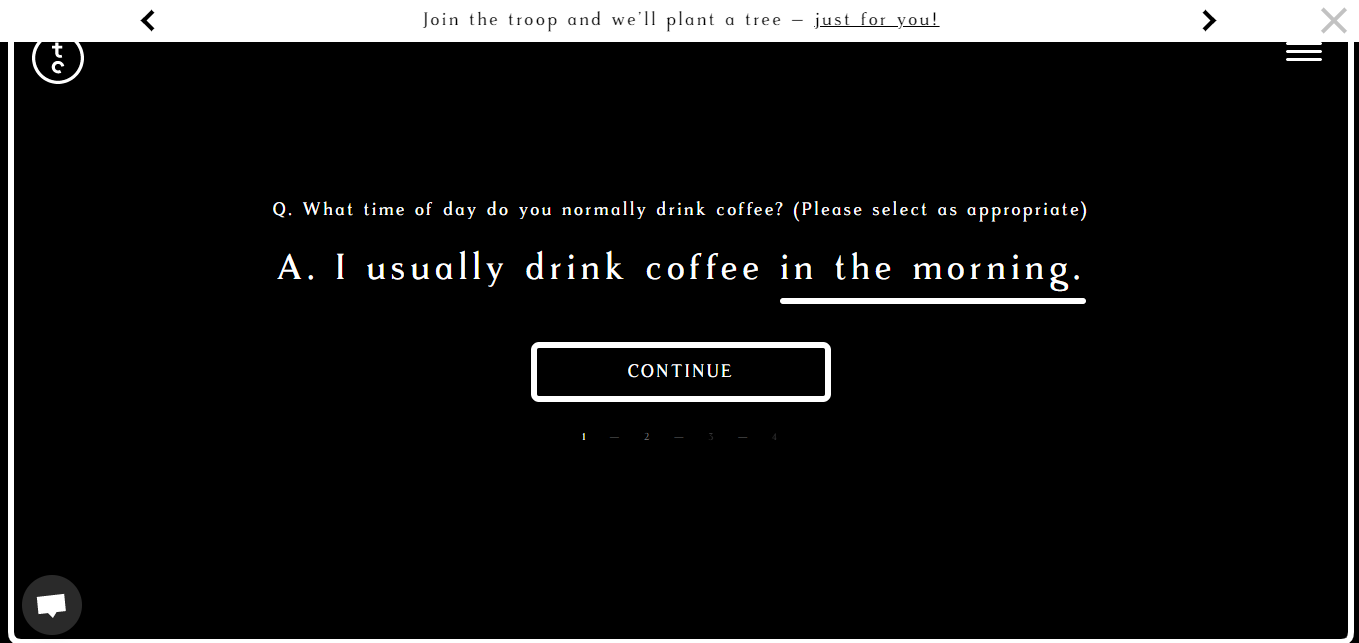Search engine optimization is an area of digital marketing that involves using certain tactics to help your website climb the search engine results pages for queries relevant to your business.
Focusing on boosting your SEO should be a key part of your plan to build an audience, as it can help you to reach a lot more of your target customers.
In this guide, we are going to outline 7 different tips for improving your on-page SEO and improving your site’s search engine visibility. Read on to find out more.
What is on-page SEO?
When we talk about on-page SEO, we’re referring to changes you can make to your own website in order to boost your search engine rankings. This can involve writing optimized copy, creating SEO-friendly content, and even editing the HTML code of your web pages.
Focusing on on-page SEO is incredibly important when you’re trying to improve your rankings because it can help search engines to better understand what your site is about and what you offer. Now, let’s jump into some of the main techniques you should be using to ensure both search engines and prospective customers love your site.
And if you want to get more clarity and information on how SEO improves your website, here’s a guide from Startups.com that explains SEO for beginners.
Optimize all of your copy with the best keywords
One of the most effective ways you can ensure your web pages rank for relevant queries is by optimizing your content with the most relevant keywords. You can find which words and phrases you should be targeting with some keyword research.
To conduct keyword research, choose a specialist tool like Ahrefs or SEMrush, and input words or phrases that are relevant to what your business does. You’ll then be presented with a long list of keywords that people tend to type into search engines when they’re looking for your products and services, or information related to your industry. You should sift through these and pick out the ones that are the most relevant to what you do or sell.
When selecting the most appropriate keywords for your copy, you also need to consider the search intent behind them. For example, commercial keywords that people are using to shop around should be targeted on your product or service pages, while more informational phrases that include words like what, where, when, and how should be reserved for content on your blog or in your knowledge base.
You’ll also want to find the right balance between targeting keywords that receive a lot of searches but aren’t going to be too difficult to rank for. As well as providing you with their search volumes, most keyword research tools will also give you an indication of how competitive certain phrases are, so you can make an informed decision.
In terms of how to target keywords properly with your website content, the most important thing is that you weave them into your copy naturally. Don’t keyword stuff — it’s better to sprinkle keywords in so everything reads nicely.
To provide you with some inspiration for how to do this well, let’s take a look at some examples of websites with well-optimized content.
Florin Roebig is an attorney firm that specializes in practice areas like personal injury, medical malpractice, and labor law.
On their website, they have a truck accident lawyer page, where they explain more about their services and how to get help after a road accident. And, they’ve done a great job of incorporating relevant keywords to ensure it ranks for appropriate searches.
This particular page ranks on the first page of Google for relevant searches with a collective monthly search volume of 2,610. They’ve achieved this by targeting appropriate keywords, but only incorporating them into their copy where it still reads naturally.
Another example is from Ping Identity, an online identity management platform.
They have a web page about their Single Sign-On (SSO) service, which outlines the benefits, as well as the process by which SSO works. And, again, this page is very well-optimized. In fact, it currently ranks on the first page of Google for keywords and phrases with a collective monthly search volume of 10,230.
Take a look at how they’ve woven relevant keywords into the title, sub-headings, and body copy of this page. They’ve done a great job of including all of the necessary phrases, but in a way that doesn’t seem forced. This is something you should look to achieve with your own web pages when you’re trying to improve your on-page SEO.
Ensure all of your content is formatted properly
When creating your website content, it’s also important that you take note of your formatting and make sure it’s done properly. You can do this by adding H1, H2, and H3 tags to your headings, as they will give search engines a better understanding of the structure and content of your webpage.
One of the important SEO tips for small businesses is also to include your primary keyword in headings (where appropriate), as it can help you to rank for the queries you’re targeting.
Some content management systems may not format your content automatically, so you’ll need to properly structure it with headings and subheadings using HTML. You should also use bulleted or numbered lists where appropriate and limit your paragraphs to around four lines to improve the readability of your content. While it might seem simple, all of this can help to improve your site’s SEO, so it’s worth putting the time in to get your formatting right.
Make sure your web pages provide a positive user experience
Search engines only want to send their users to websites that they’ll enjoy using, so your site’s user experience matters. To improve the experience people have on your website, try to increase your page load speed, work on your site’s accessibility, and ensure your navigation is easy to use.
One way you can improve your page load speed is by making sure you optimize the images you upload on your website. This means making sure that they are uploaded in the right format eg: JPEG or PNG and also ensuring that you resize images if you need to. Reducing or compressing your image sizes will make them weigh less and increase the page load speed of your site.
Also, you should make sure you are using best practices for website navigation to make things easier for your site visitors. You could do this by highlighting hyperlinked tet in a different color from the rest of your content or including a search toolbar so people can find the specific information they need on your website.
When working on your site’s accessibility, try to design your pages with legible fonts so people using mobile will also be able to read your text. You should also include descriptive alternative text for your images. This helps people with screen readers and also allows search engines to understand the image that is being displayed. For more information about this, you can take a look at Search Engine Journal’s guide to making your site more accessible.
Add relevant internal links to your copy
Internal links should be included in your content to lead people to other web pages on your website. They’re good for establishing the structure of your site and will help Google or other search engines to understand and index all of your web pages. For example, you could link to a relevant product or service page while writing informative content for your blog. Or you could link to other related products on some of your service pages.
When including internal links in your copy, you need to make them relevant. So, to do this, try to only link to posts that relate to or are within the same topic as the current page you are working on. Also, make sure you’re using anchor text that is relevant to the page you are linking. This means highlighting keywords that mirror the content that is on the page that you are linking to.
Use engaging elements to increase visitors’ dwell time
Dwell time is the amount of time that a visitor spends on your website. And, you’ll end up with a high bounce rate when a lot of your site visitors leave your website without taking any action or moving on to view other web pages. This can have a negative impact on your SEO because it tells search engines that users aren’t finding your website useful.
There are different types of engaging elements you can add to your web pages to make visitors stay longer. You could create engaging images that people would be attracted to, or add interactive features which visitors can play with when they get to your site. You can also make engaging videos to explain what your company does or the features of your products.
Here’s an example to give you some inspiration for the types of content that will increase the dwell time of your website visitors.
Two Chimps Coffee sells various coffee flavors and, on their website, they have a webpage that shows a great example of how to use interactive features on your site.
They’ve created a Q&A interactive feature to guide people through the process of ordering coffee. They ask different questions like what time people drink coffee, their preferred coffee-making machine, their favorite type of coffee, and how often they drink it.
Then they add up all the answers and give visitors a recommendation of the coffee that should be best for them. It’s a great way to create a fun shopping experience and it also keeps people on the website for a longer period of time. This is something you can replicate for your site by asking relevant questions that are specific to the types of products you sell.
Use original images (and optimize them)
There is evidence to suggest that original images are better for SEO than stock images. Thus, investing in your own photography or creating high-quality graphics can be very worthwhile for your business.
A lot of website owners neglect to optimize their website imagery, even though it can be a powerful way to boost your SEO. One way you can optimize your images is by making sure you use descriptive and relevant alternative text. This gives search engines more context about your images so they can better work out which queries to rank them for.
Also, try to make sure your image file names aren’t too generic but are named according to the specific images being uploaded. And you should be using the best format for your images before uploading them. Many people recommend using JPEGs for original images or photographs. If you would like more information on this, make sure you check out the Content Marketing Institute's guide to optimizing your images which goes into more detail.
Use descriptive URLs
Getting your URL structures right is an underrated SEO skill, but it’s an important one. Ideally, you should try to include keywords in your URLs, but still, keep them concise.
You should also try to make sure that your URLs accurately describe what someone is going to find on a particular web page. For instance, if your web page provides 5 content marketing tips, make sure you include that in the URL to give search engines and people more information about that.
For inspiration, let’s take a look at the way FreshBooks uses all these tips to craft the perfect URL so you can see how it’s done.
As a company that provides accounting solutions for small and medium-sized businesses, they have a free invoice template that anyone can use. And they’ve created a web page to let people know about this.
The URL slug they’ve used reads: /invoice-templates/services-rendered. And, right off the bat, you can see that they’ve adhered to all the rules. They’ve included relevant keywords like invoice template and they’ve also made use of hyphens instead of underscores.
It’s a very descriptive URL and it can do wonders for optimizing their site’s SEO as well as boost their rankings. This is something you should look to replicate for your own site.
For more information on how to create SEO-friendly URLs, Common Places has a whole list of tips that you can use to get started.
Summary
As search engine results pages tend to be very competitive, you might think it impossible to get your site on the first page. But it’s possible, and using these tips will help you get there.
By optimizing your copy with the best keywords, formatting your content properly, and creating engaging elements that will decrease your bounce rate, you will give your website a boost on the search engine results pages and bring you closer to your target audience.
In Case You Missed It
Should I Pay People With Equity? (podcast) Paying people with equity is a time-honored tradition in cash-starved startup land. However, have you ever stopped to consider the real cost? Join Wil and Ryan as they break it down.
What do Founders Need to Know About the Product Development Process? For some Founders, the product development process may look like a haphazard “drunken walk,” but others prefer a more structured approach.
How much should I budget for an MVP? I've got this incredible idea for an app in my head and I'm thinking about building the MVP (Minimum Viable Product) with a developer. I've never done this before, so I'm afraid of spending too much money. What should I do here?
Find this article helpful?
This is just a small sample! Register to unlock our in-depth courses, hundreds of video courses, and a library of playbooks and articles to grow your startup fast. Let us Let us show you!
Submission confirms agreement to our Terms of Service and Privacy Policy.
Already a member? Login
Start a Membership to join the discussion.
Already a member? Login






nice work from seo you boost your business of any niche
i am seo expert in www.reall.pk